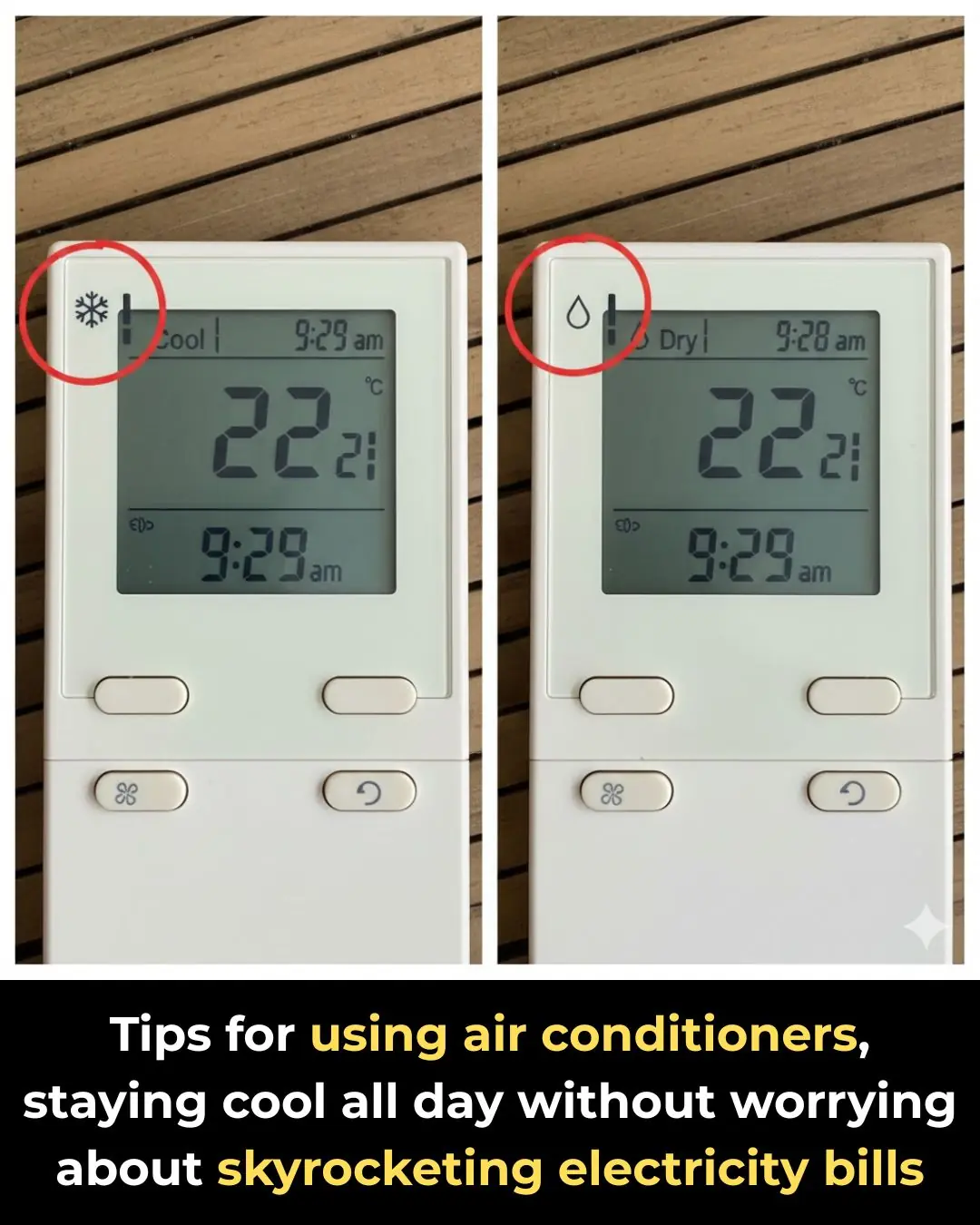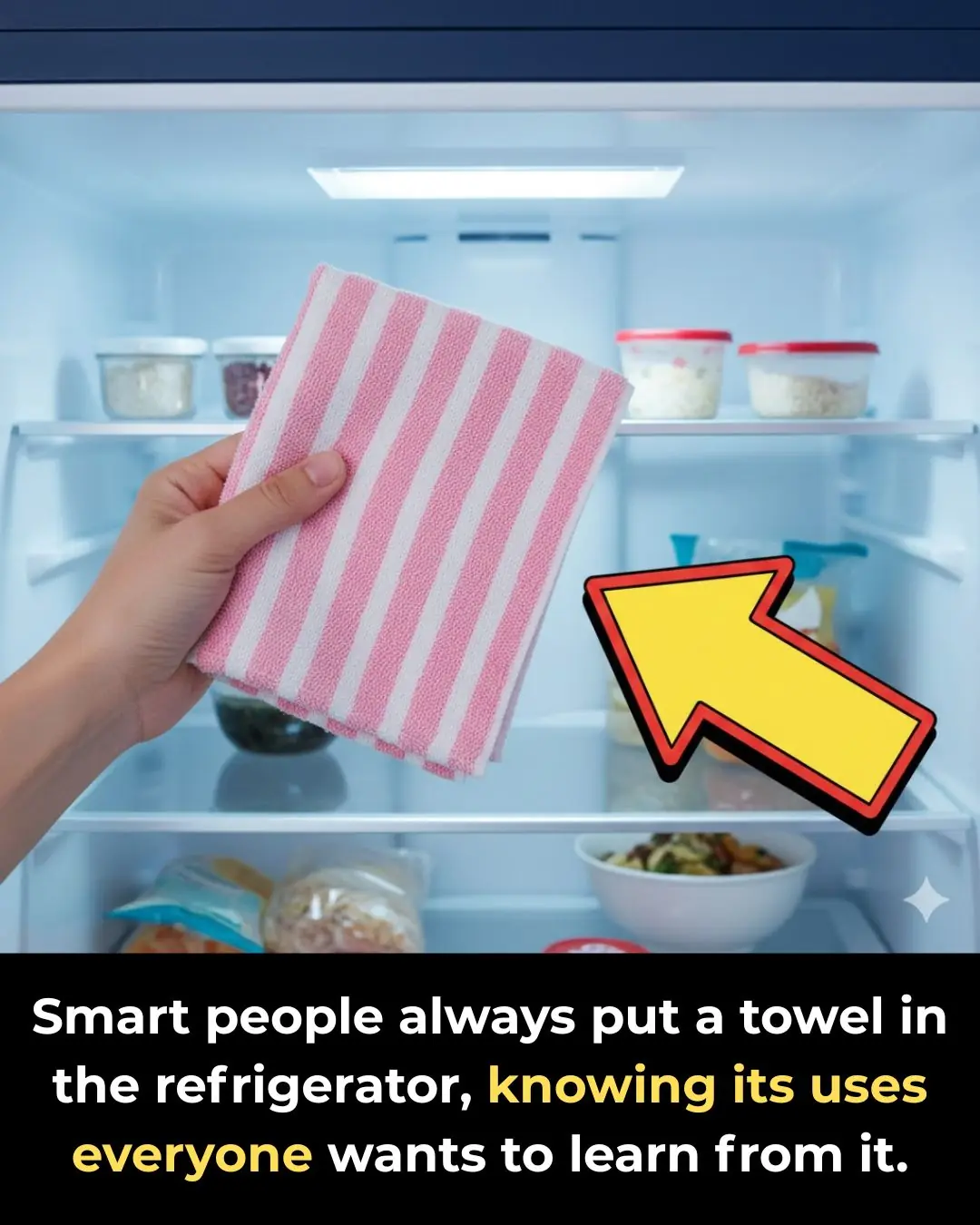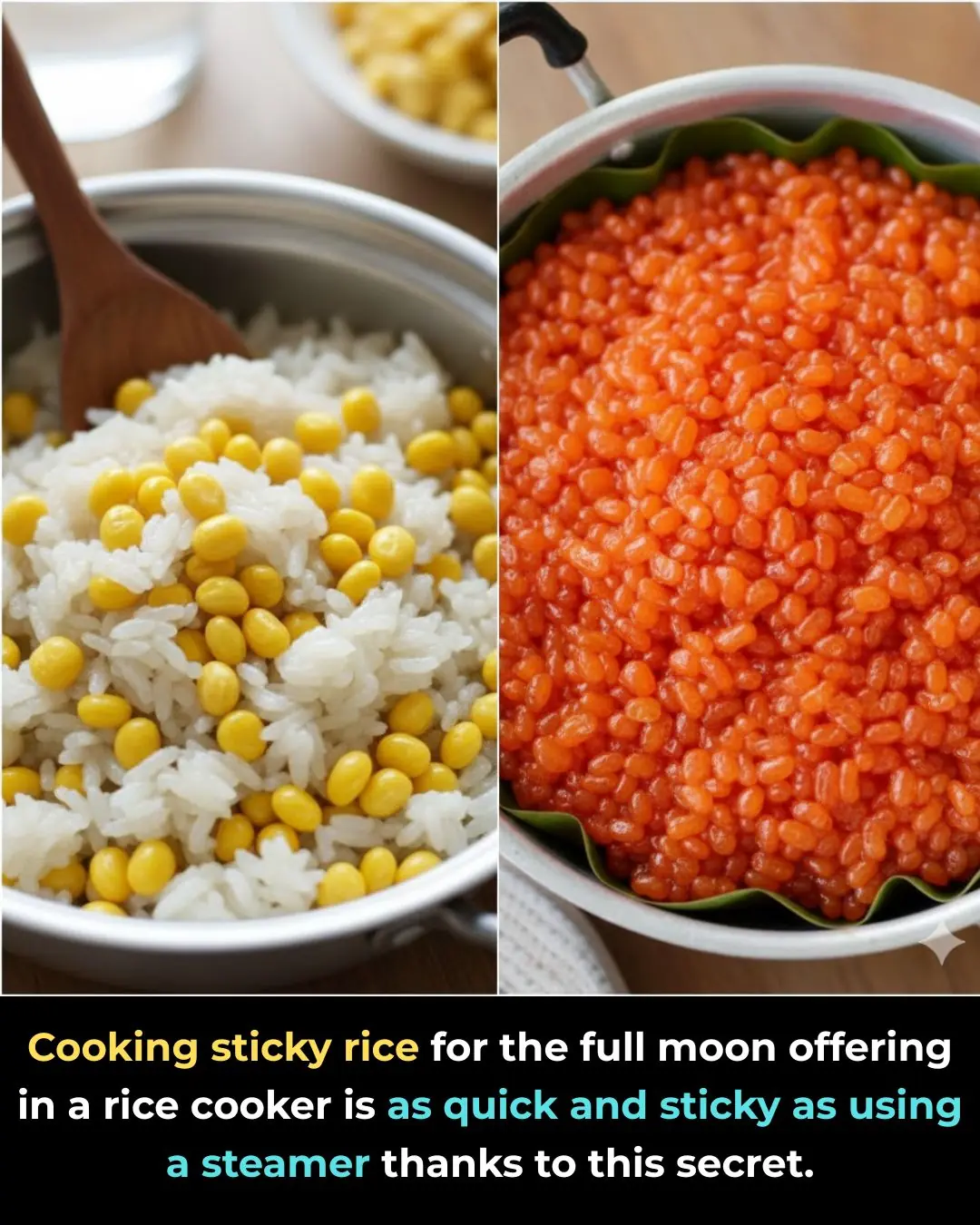
You are doing it all wrong. Here's the right way to store produce
When it comes to storing fresh produce, it's easy to fall into the habit of tossing everything into the refrigerator without much thought. While this might seem convenient, it can actually shorten the lifespan of your fruits and vegetables, affecting their taste, texture, and nutritional value. To maximize the freshness and nutritional content of your produce, it's essential to understand that different fruits and vegetables have specific storage requirements.
By following proper storage techniques, you can reduce waste, preserve nutrients, and enjoy fresher, more flavorful produce. In this article, we’ll cover the best ways to store common produce items—from tomatoes to herbs—ensuring they stay fresh and delicious for as long as possible.
1. The Best Way to Store Tomatoes: Countertops Over Refrigerators
Tomatoes are one of the most commonly misunderstood produce items when it comes to storage. Many people instinctively place them in the refrigerator, thinking it will prolong their freshness. However, refrigeration can cause tomatoes to lose their flavor and develop a mealy texture. Instead, store your tomatoes on the countertop at room temperature, ideally in a single layer to prevent bruising.
Room temperature is ideal for tomatoes, as it allows them to maintain their flavor and ripen evenly. If you’ve purchased tomatoes that aren’t fully ripe, place them stem-side down on the countertop. This helps them ripen uniformly. Once they’ve reached their peak ripeness, consume them within a few days for the best taste and texture.
2. Potatoes Done Right: Paper Bags Over Plastic
Potatoes are best stored in a cool, dark, and well-ventilated space. Keeping them away from light prevents them from turning green and developing solanine, a toxic compound. Avoid using plastic bags, as they trap moisture and accelerate spoilage. Instead, opt for paper bags or cardboard boxes to store your potatoes.
Store potatoes at a temperature between 45-50°F (7-10°C)—slightly warmer than a refrigerator but cooler than room temperature. A pantry or cellar is ideal. Check your potatoes regularly and remove any that show signs of sprouting or spoilage to prevent them from affecting the rest of the batch.
3. Keeping Onions and Potatoes Separate: A Must for Freshness
Onions and potatoes are essential ingredients in most kitchens, but storing them together can lead to early spoilage. Onions release gases and moisture that can cause potatoes to sprout more quickly. To keep both fresh, store them separately.
Onions should be kept in a cool, dry, and well-ventilated space. Store them in mesh bags or baskets that allow air circulation. This practice not only extends their shelf life but also helps preserve their flavor and prevents spoilage.
4. The Ideal Spot for Apples: Crisper Drawers Over Bowls
Apples benefit from being stored in the refrigerator, especially in the crisper drawer, which maintains the right humidity to keep them fresh and crisp. Before storing, remove any bruised apples, as they can cause the others to spoil more quickly.
If you prefer to store apples at room temperature, know that they will ripen much faster. In a bowl on the countertop, apples will last about a week, but in the refrigerator, they can remain fresh for several weeks.
5. Leafy Greens: How to Keep Them Crisp and Fresh
Leafy greens like lettuce, spinach, and kale can wilt and lose their crispness if not stored properly. To keep them fresh, first rinse the greens thoroughly and dry them completely using a salad spinner or paper towels. Excess moisture can lead to spoilage.
Once dried, wrap the greens in a dry paper towel and store them in a breathable container or perforated plastic bag in the refrigerator’s crisper drawer. This method helps maintain the right moisture balance, keeping your greens fresh for up to a week.
6. Berries and Their Fragile Nature: The Right Way to Store
Berries are delicate and need careful storage to prevent spoilage. Sort through them and remove any damaged or moldy berries before storing. Avoid washing berries until you’re ready to eat them, as excess moisture can encourage mold growth.
Store berries in a single layer on a paper towel-lined tray or container in the refrigerator. The paper towel will help absorb excess moisture and allow for air circulation, which helps extend their freshness. You can also place a fresh paper towel on top of the berries to further absorb moisture.
7. Citrus Fruits: Should They Be Refrigerated?
Citrus fruits like oranges, lemons, and limes can be stored at room temperature if you plan to consume them within a week. For longer storage, refrigeration is recommended. Store them in the crisper drawer, which maintains the proper humidity and temperature.
To prevent citrus fruits from drying out, place them in a mesh bag or directly in the produce drawer without any covering. If the skin begins to dry, consider storing them in a sealed plastic bag to retain moisture.
8. Bananas: The Right Time and Place for Ripening
Bananas continue to ripen after they’re picked, so it’s best to store them at room temperature to ripen. Hang them from a banana hook to avoid bruising and ensure even ripening. Once they reach your desired ripeness, move them to the refrigerator to slow the ripening process.
In the fridge, the skin may turn brown, but the banana itself will stay fresh for a few more days. If bananas become overripe, consider peeling and freezing them for smoothies or baking.
9. Avocados: From Firm to Perfectly Ripe
Avocados are often bought firm and need time at room temperature to ripen. To speed up the ripening process, place them in a paper bag with an apple or banana, as these fruits release ethylene gas, which accelerates ripening. Once ripe, store avocados in the refrigerator to slow further ripening.
If you have leftover avocado, sprinkle the cut surface with lemon juice to prevent browning, then cover it tightly with plastic wrap before refrigerating. This can help extend its freshness for another day or two.
10. Root Vegetables: Long-Term Storage Techniques
Root vegetables like carrots, beets, and parsnips do well in cool, humid conditions. Remove any leafy tops, as they draw moisture from the roots, and store the vegetables in perforated plastic bags or containers in the refrigerator’s crisper drawer.
For long-term storage, root vegetables can be kept in a cool, dark place like a cellar or basement, stored in a box of sand or sawdust to help maintain moisture levels and prevent sprouting.
11. The Dos and Don’ts of Storing Fresh Herbs
Fresh herbs like basil, parsley, and cilantro can lose their flavor and vitality if not stored properly. For most herbs, the best method is to trim the ends and place them upright in a glass of water, covering the leaves with a plastic bag to create a mini greenhouse effect. Store this setup in the refrigerator.
However, for herbs like basil, which can turn black in the cold, it’s better to store them at room temperature using the same water method. Change the water every few days to keep it fresh, and discard any wilting or decaying leaves.
News in the same category


4 Warning Signs on Hands and Feet You Should Not Ignore Before Cancer Strikes

7 Drinks to Cleanse Phlegm, Boost Lung Health, and Combat Bacteria and Viruses

How to Clean a Showerhead to Prevent Clogging: Simple Tips to Keep It Working Like New Without Spending on Replacements

The Health Benefits of Black Bean Soup with Chicken Feet: As Effective as Ginseng

Put a drop of essential oil on clothes while soaking: "Special" use, not everyone knows how to apply it

Tips for using air conditioners, staying cool all day without worrying about skyrocketing electricity bills

How to stew delicious braised meat with Northern style, great to eat with rice in cold weather

10 ways to get rid of cockroaches from your home permanently, simple, safe and economical

How to fry delicious, crispy spring rolls that won't get soggy: Remember not to put them in boiling oil right away.

Smart people always put a towel in the refrigerator, knowing its uses everyone wants to learn from it.

Scientists May Have Just Found a Breakthrough Hair-Loss Treatment

Living With a Rare Condition, a 25-Year-Old Faces One of Life’s Hardest Decisions

Doctors reveal the #1 supplement to reduce dementia risk

Fresh, delicious, firm field crabs, just aim for this spot, 10 out of 10 will be correct.

Why do flat plugs always have two small holes? It turns out they have surprising uses that many people don't know about.

Cooking sticky rice for the full moon offering in a rice cooker is as quick and sticky as using a steamer thanks to this secret.

Why You Should Keep a Small Amount of Cash Behind Your Phone Case — A Useful Trick Few People Know

Clogged Toilet? Just Use This Simple Method — Water Will Flow Smoothly Again in 5 Minutes
News Post

Tried this the other day and it did wonders!

4 Warning Signs on Hands and Feet You Should Not Ignore Before Cancer Strikes

7 Drinks to Cleanse Phlegm, Boost Lung Health, and Combat Bacteria and Viruses

How to Clean a Showerhead to Prevent Clogging: Simple Tips to Keep It Working Like New Without Spending on Replacements

The Health Benefits of Black Bean Soup with Chicken Feet: As Effective as Ginseng

Goodbye Cavities? A Future Where Teeth Heal Themselves May Be Closer Than We Think

Got High Blood Pressure? Try This 2-Ingredient Tea!

She Lost Half Her Brain — But Rebuilt an Entire Life

Bone Cancer: The Silent Destroyer That Strikes From Within

Put a drop of essential oil on clothes while soaking: "Special" use, not everyone knows how to apply it

Tips for using air conditioners, staying cool all day without worrying about skyrocketing electricity bills

How to stew delicious braised meat with Northern style, great to eat with rice in cold weather

10 ways to get rid of cockroaches from your home permanently, simple, safe and economical

How to fry delicious, crispy spring rolls that won't get soggy: Remember not to put them in boiling oil right away.

Smart people always put a towel in the refrigerator, knowing its uses everyone wants to learn from it.

If you kiss a deceased loved one, you should know that it causes ...

5 Foods That Dramatically Improve Blood Flow to Your Legs

Doctors warn: Statins may deplete vitamin K₂ and raise your risk of dangerous artery calcification
